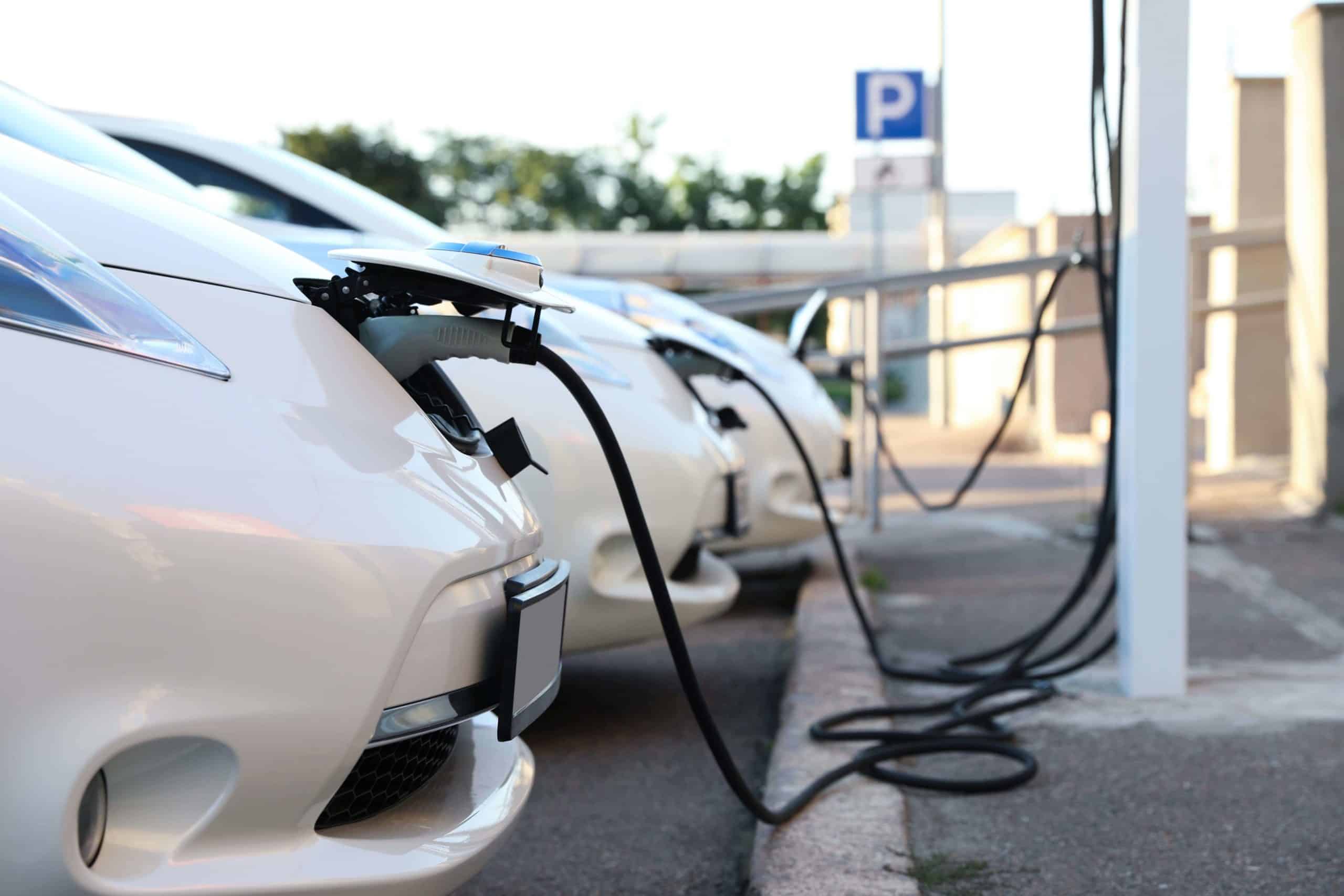- September 7, 2021
- Perspectives
Four New Trends in EV Charging Software and Platforms


Ryan Gram, PE
Electric Vehicle Practice Lead
Electric vehicle infrastructure is a topic that is constantly in the news, and as the industry continues to rapidly evolve, utilities and charging network operators need to be prepared for the future of electric vehicle supply equipment (EVSE) software and platforms. Kimley-Horn’s Ryan Gram, PE, recently moderated a REGlobal webinar on the future of EV Charging Software and Platforms. Read on to learn the trends to watch, tips to bring value to your customers and maximize efficiency, and predictions for what’s ahead.
What EV Customers Want
With EV charging software, there is often a gap in understanding and expectations between customers and software providers. One cause for that could be a lack of consistent standards or benchmarks for EV charging software. Since EV charging and software networks are still relatively recent technologies, EV customers are often divided into two extremes: those who are software-averse and those who want a cutting-edge, high-tech experience.
Some customers believe software is not a worthwhile additional cost. Software providers are finding that these customers are increasingly less likely to tolerate unreliable network experiences and want to interact with EV chargers without a dedicated mobile app. These customers are only looking for a credit card reader and an operational charger. They don’t want or need all the options and services many software offerings provide.
Other customers are searching for something more sophisticated. They want a software solution that will simultaneously solve their current and future charge and operations issues. These customers want smart chargers that work with no downtime, monitoring and adapting to their changing operations. In fact, some in the EV software industry say all chargers will soon be smart chargers. Some industry leaders believe with the cost of networked EV charging hardware and software decreasing, there’s no reason site hosts can’t connect their chargers.
What’s next: Software companies will continue to develop more advanced solutions to meet complex customer demands. As the market continues to mature, we predict customers that value software will create larger demand. Funding streams and EV standards will likely require software and software companies will find some middle ground—refining their offerings to cater to varying customer preferences.
Software and Utilities Partner Well
When it comes to aspects like scale (number of customers served, geographic area, fleet size) and priorities (power mix, sustainability goals, business plans), every utility is a bit different. What many utilities might not realize is just how many software options and features can benefit them as they expand into EV. Utilities are also in a unique position to educate their customers about software adoption for EV infrastructure and fleet expansions, which will in turn benefit the utility.
What’s next: As Vehicle-to-Grid (V2G) becomes more prevalent and realistic in the near term, we predict partnerships between utilities and software providers will become more important than ever before.
Understand Network Fees, Operations, and Maintenance
Everybody should feel encouraged to ask software providers about their network fees. Most are excited to explain their business model and offerings. It’s important to understand that this breakdown will vary based on the “tier” of network selected. Basic options, which involve the infrastructure and software operations needed so your chargers can communicate with one another and your customers can make payments, are available for little to no cost. At a higher price point, there are custom software interoperability packages that cover the time, infrastructure, and effort to build solutions with higher level of service. Some packages also include operations and maintenance (O&M), so when your charger stops working, you have a partner to help troubleshoot.
What’s next: As chargers continue to be deployed, we are seeing operations and maintenance becoming a more standard developer request. EV Developers will become more in-tune to their needs and the software providers that best suit their business. Software providers will become more transparent with fees across the board and add services to meet customer demands, such as more expansive Operations and Maintenance. We expect this trend to continue and for software companies and third-party providers of O&M to continue to expand their offerings.
EV Software Policy Drives Change
The bipartisan Infrastructure Deal has brought EV and utility program discussions to the forefront. EV software requirements and funding are important drivers for where the software industry will go next and policy changes create ripple effects in our industry. We saw this when Open Charge Point Protocol (OPCC) was adopted. As a result, more offerings, options, and new providers joined the market.
What’s next: Incentives are the next (and monumentally larger) driver of software on an even broader scale, with the power to make EV software a standard. As more chargers and vehicles are rolled out, data will likely become a huge growth area and catalyst for EV software development.
The Takeaways
- Never stop learning. You have to be a monthly, maybe even weekly learner as the industry continues to grow and rapidly evolve. Going on a weeklong vacation with no cell reception? That’s like missing a whole chapter in a book of industry announcements and developments.
- One size doesn’t fit all. Exceptional client service requires tailored solutions. Each marker sector, geographical region, and client type comes with nuances that must be considered.
- Partnerships are key. We all want to be the perfect fit for everything, but we can serve the industry, developers and the public better when we partner with other industry professionals whose offerings compliment ours.
Contact Ryan Gram to learn more about preparing for the future of EV charging software and platforms.
About the Author

Ryan Gram, PE
Ryan has consulted on more than 1,500 EV charging station sites for various phases of development across 24 states. In addition to charging stations, he is currently partnering to upgrade a major metropolitan area in the Southeast by researching the feasibility of advancing the city’s combustion engine vehicle fleet to environmentally friendly electric vehicles, ensuring the city is EV ready. Ryan is also helping one of the largest e-commerce companies in the US prepare their warehouses for their electric fleet rollout as early as this year. He has assisted clients with site selection and due diligence; EV charging station design, including civil, electrical, and structural; EV readiness plans; fleet conversion; utility coordination; permitting; construction phase services; evaluation of new technology and processes; and more.
